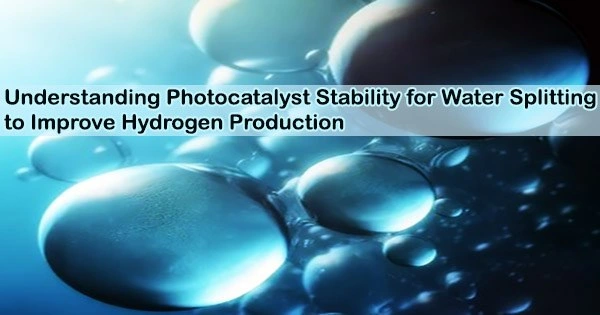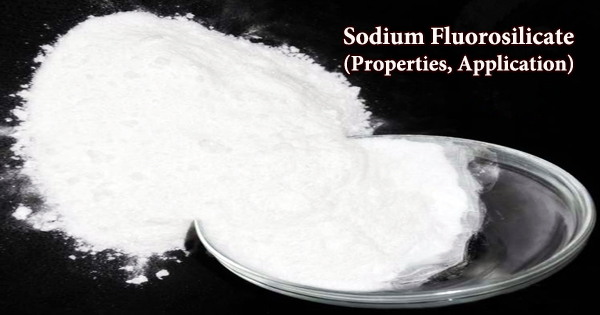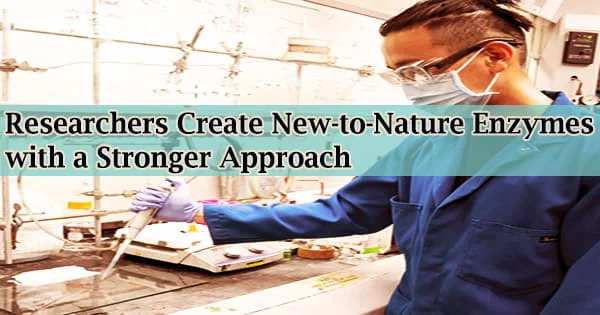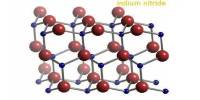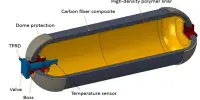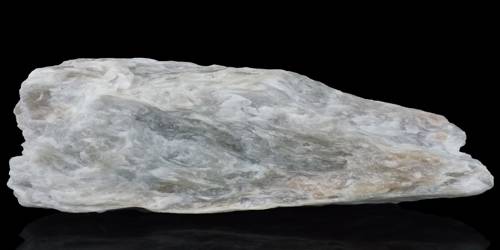Because hydrogen produced from renewable energy sources may be utilized as a fuel that does not contribute to CO2 emissions, it is developing as a significant future power source.
South Australia is planning to build the world’s largest hydrogen power plant at Whyalla as part of an ambitious Hydrogen Jobs Plan, demonstrating the relevance of the latest research from Flinders University, the University of Adelaide, and Tokyo University of Science experts.
“It’s an exciting time to be involved in hydrogen science, and there are rapid advances being made to ensure the greatest possible efficiency of hydrogen production,” says Flinders Professor of Chemical Physics Gunther Andersson, first author in a new article outlining the method in the journal ACS Applied Materials & Interfaces.
Photocatalytic water splitting, which uses semiconductor particles as photocatalysts, is a potential approach for splitting water into hydrogen and oxygen.
While researchers recognize that the structural and electrical features of photocatalyst semiconductors play a significant part in determining photocatalytic activity, their ultimate goal is to locate the best and most efficient material to aid this process, which they have discovered to be chromium oxide.
Understanding the stability, oxidation state, and electronic structure of the chromium-oxide layer on photocatalyst particles under annealing is essential for overlayer applications in photocatalytic water splitting.
Professor Gunther Andersson
“Cocatalysts can promote efficient photocatalytic water splitting by supporting the electron and hold separation and acts as active sites for the water splitting reaction,” says Professor Andersson, who is Deputy Director of the Flinders University Institute for NanoScale Science and Technology at the College of Science and Engineering.
“However, the cocatalyst requires a protective overlayer to suppress the H2 and O2 recombination which will result in a backward reaction that takes H2 and O2 back to H2O.”
“We need to find the right overlayer material to ensure the most efficient photocatalytic water splitting and this led us to explore mixed transition metal oxides.”
The researchers discovered that chromium oxide overlayers shield the water splitting process in photocatalysis for solar-powered hydrogen synthesis.
Their research looked at the stability, oxidation state, and bulk and surface electronic structure of chromium-oxide photodeposited onto various particles as a function of annealing.
The worldwide research team also discovered that the chromium oxide overlayers have no effect on the water splitting reaction.
Senior co-author University of Adelaide Professor of Chemistry Gregory Metha adds, “World-leading photocatalysts have chromium oxide overlayers and this work reveals new insights into the nature of the coating that could lead to improvements in future materials.”
Chromium oxide overlayers are known to protect the water splitting process in photocatalysis for solar light-driven hydrogen generation. The chemical composition of the underlying photocatalyst influences the thermal stability of the chromium oxide overlayer, according to the researchers.
“Understanding the stability, oxidation state, and electronic structure of the chromium-oxide layer on photocatalyst particles under annealing is essential for overlayer applications in photocatalytic water splitting,” says Professor Andersson.
